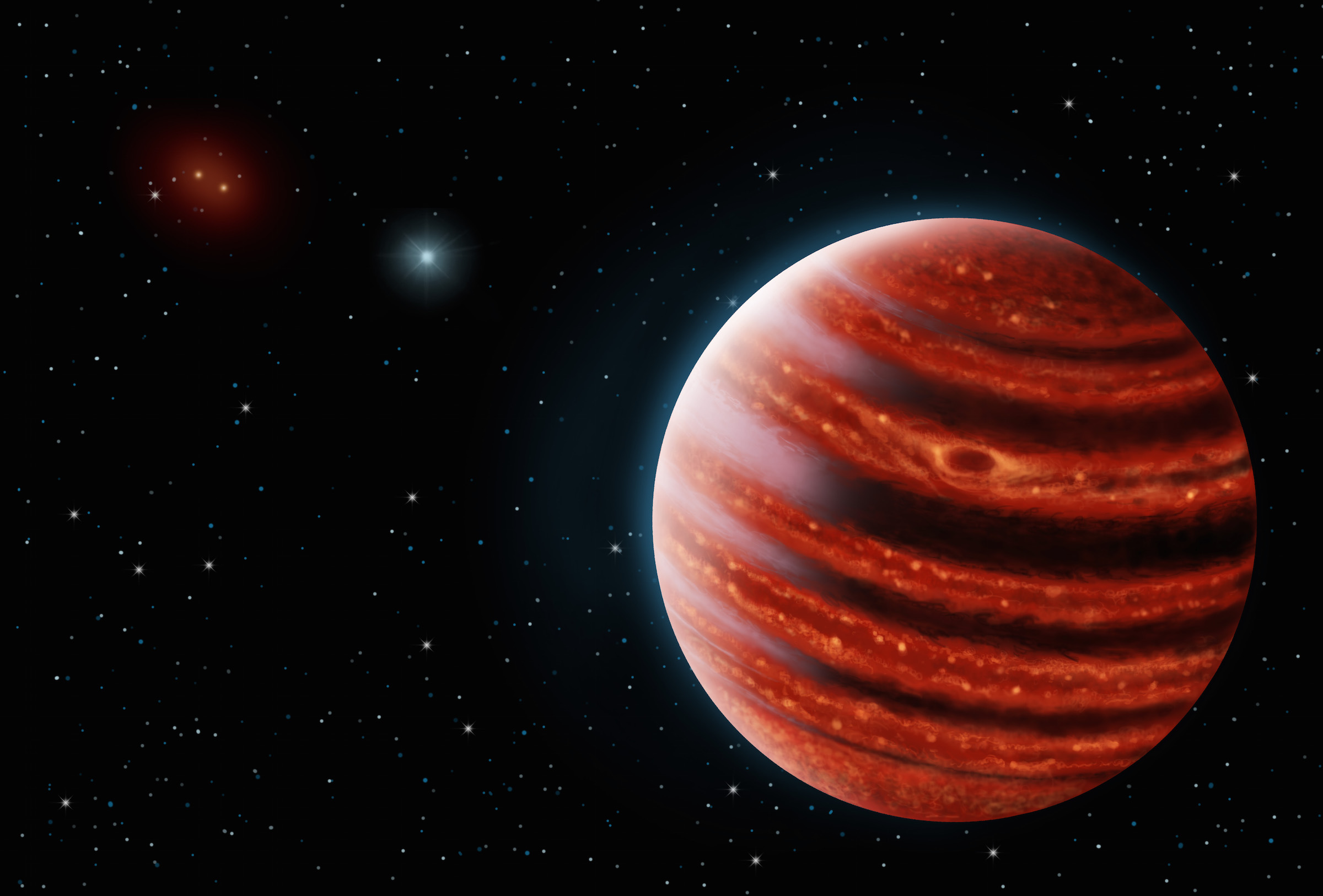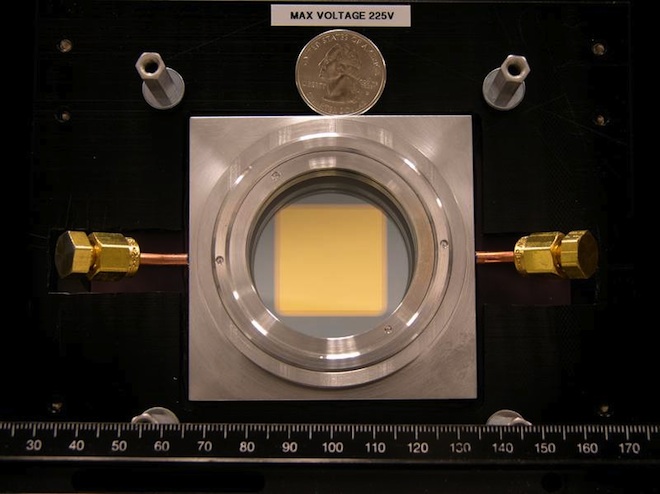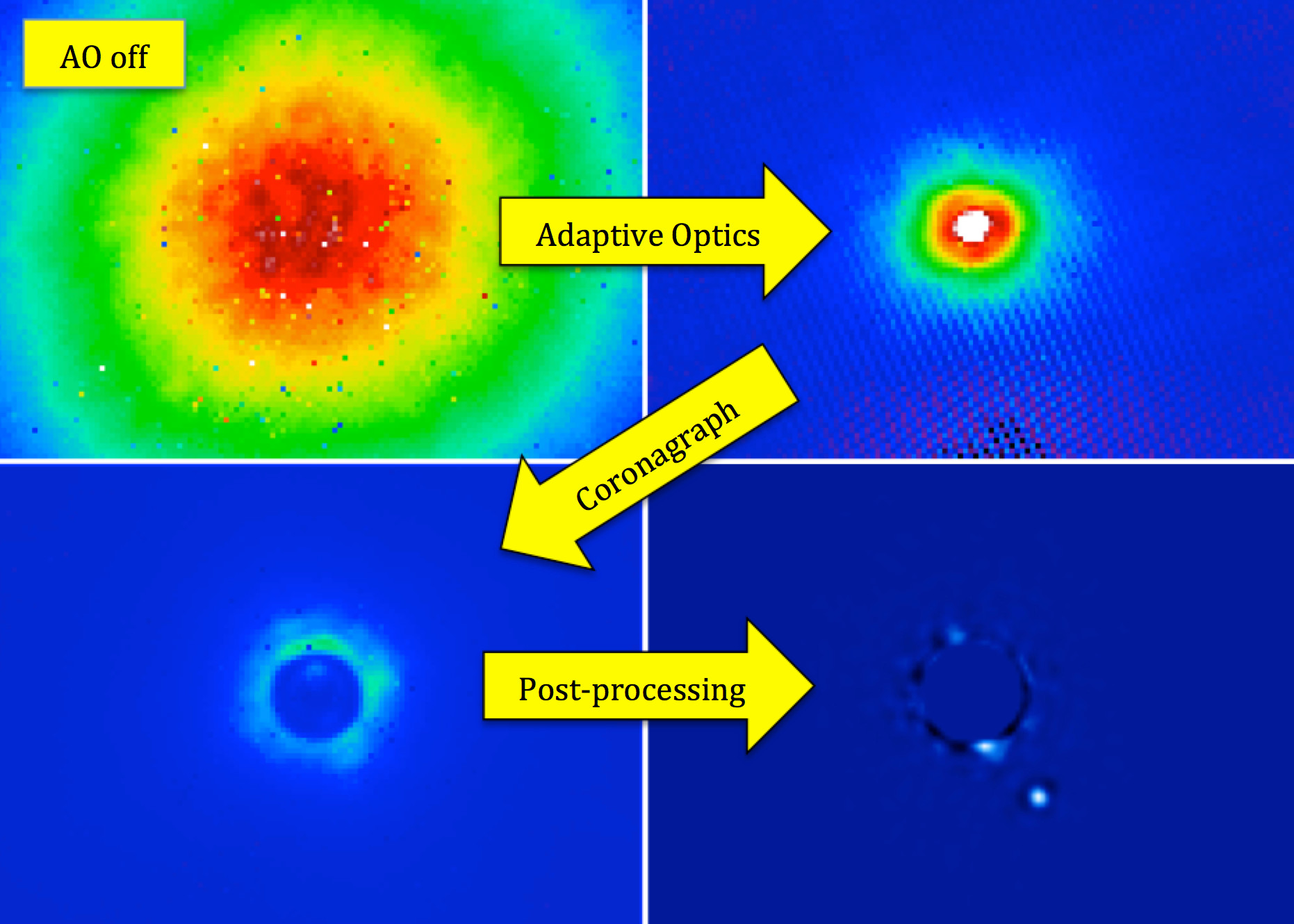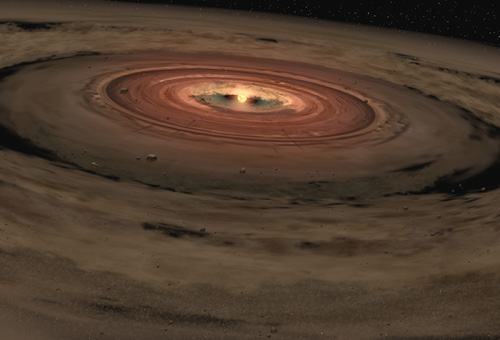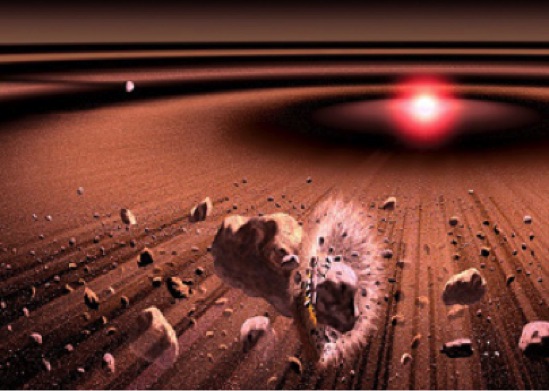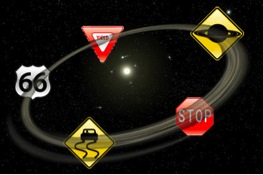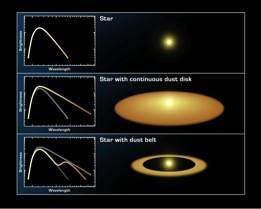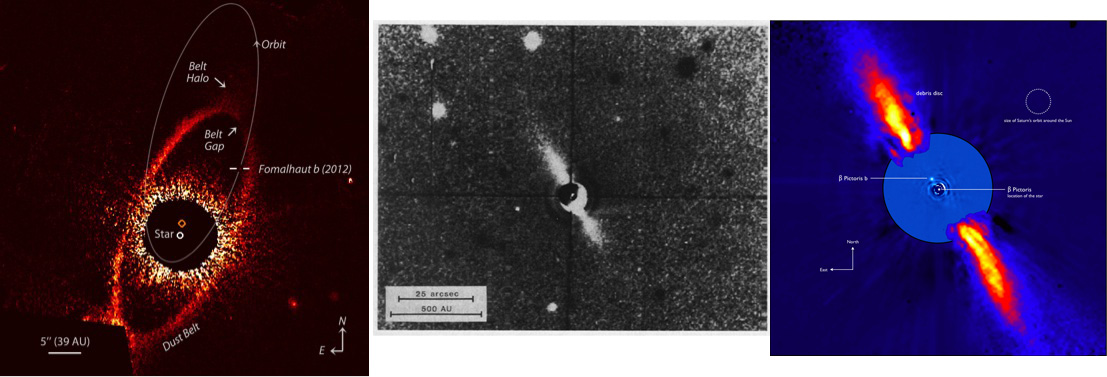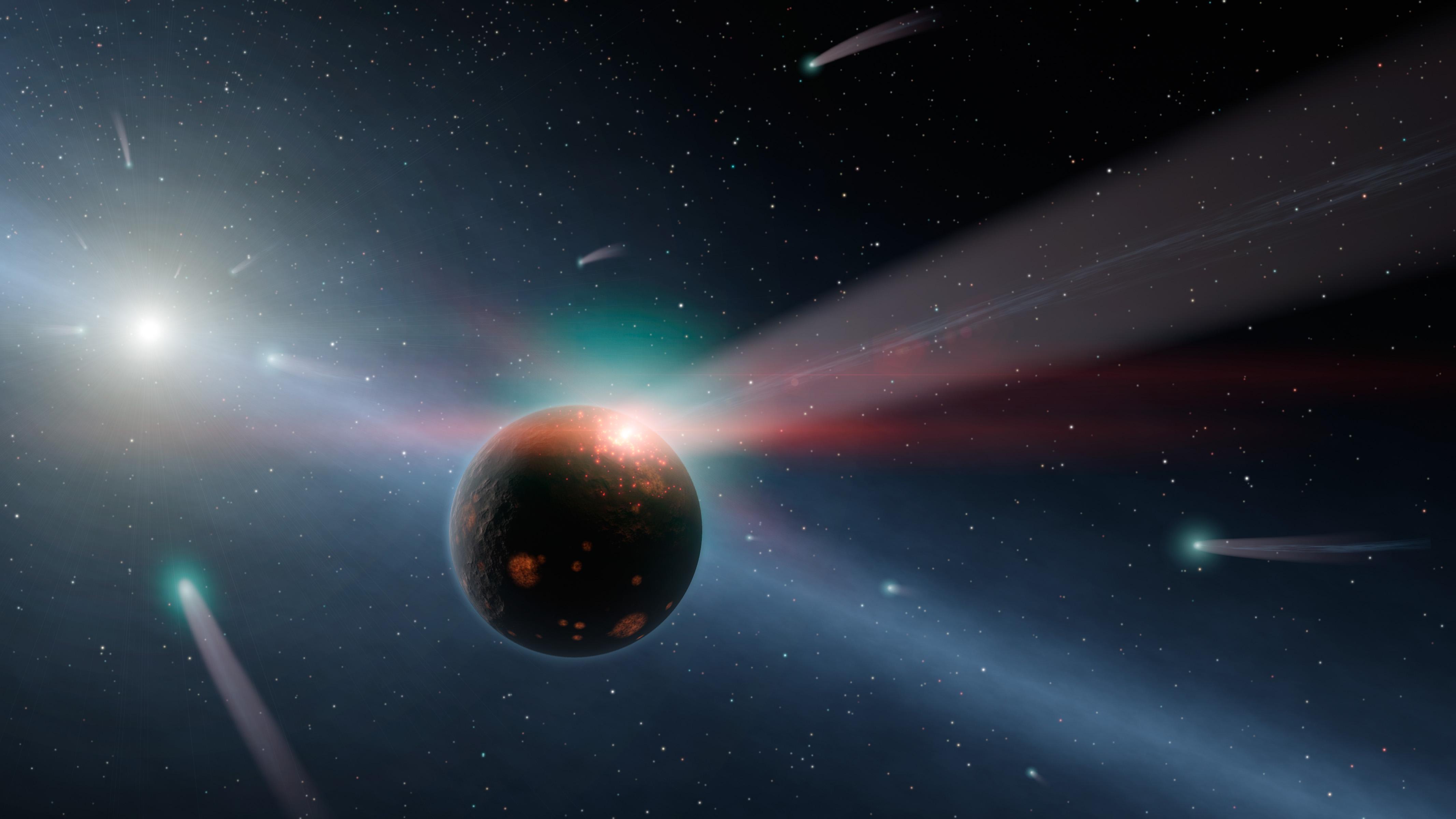GPI is about to undergo a serious makeover.
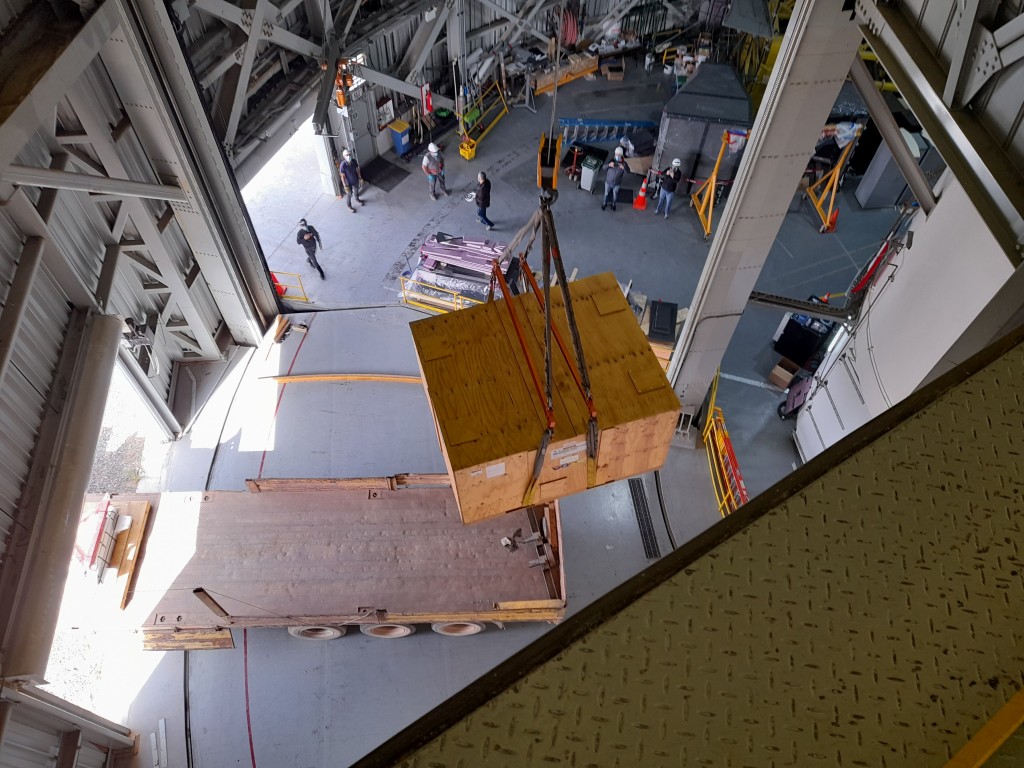
As a result, it has been on quite a few adventures recently. After GPI 1.0 was decommissioned in August of 2020, the team of Gemini South (the observatory where GPI has lived most of its life) along with GPI collaborators started to prepare the instrument for its big move. At the beginning of May of this year, GPI began the first leg of its journey.

After being loaded up onto an 18-wheeler, GPI traveled all through the Chilean Andes.
On May 9th, GPI flew to Atlanta, GA – its first pitstop before arriving at its new destination, the University of Notre Dame.

Everyone was incredibly excited to see it arrive safe and sound in Indiana.
Now, GPI is ready for its upgrades after settling in at Notre Dame!


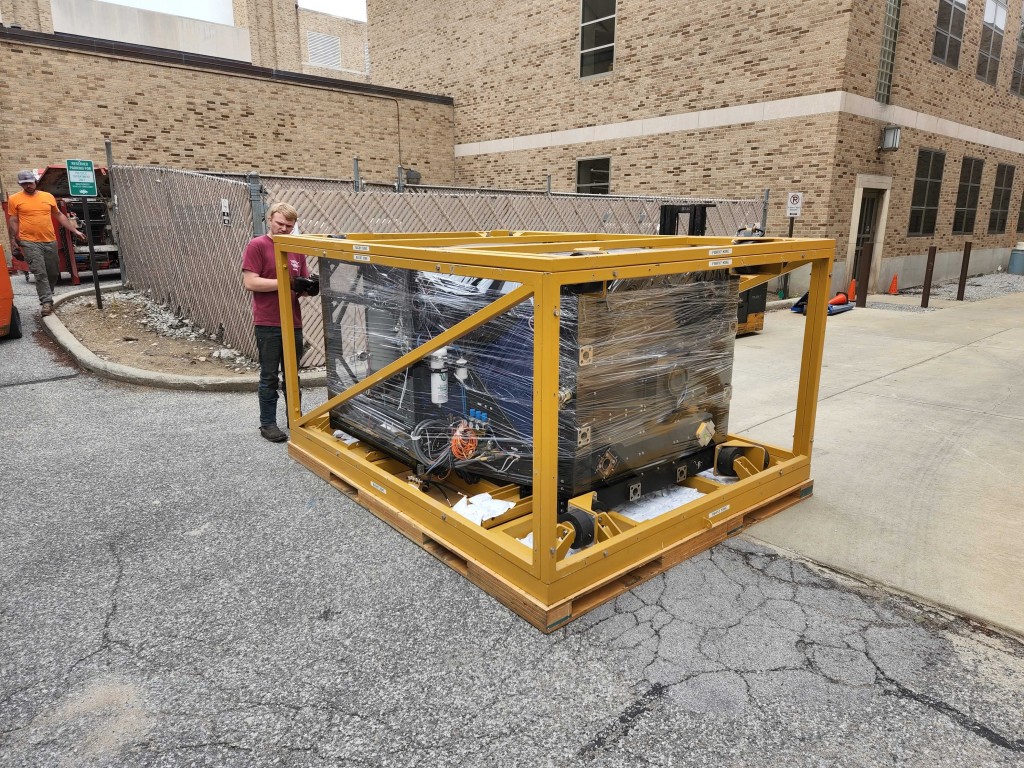

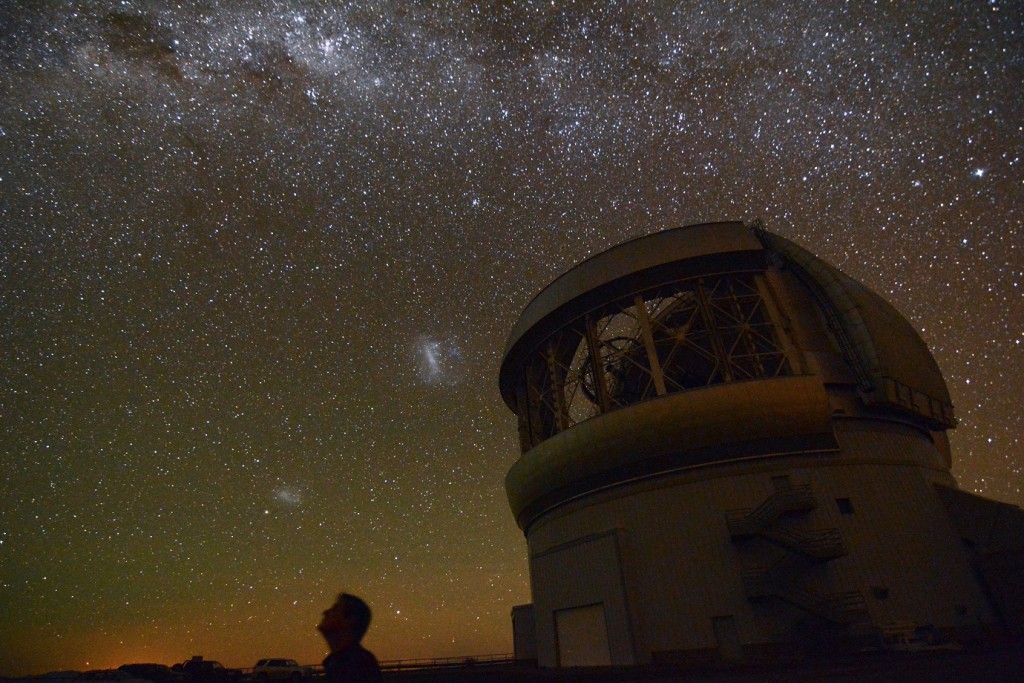
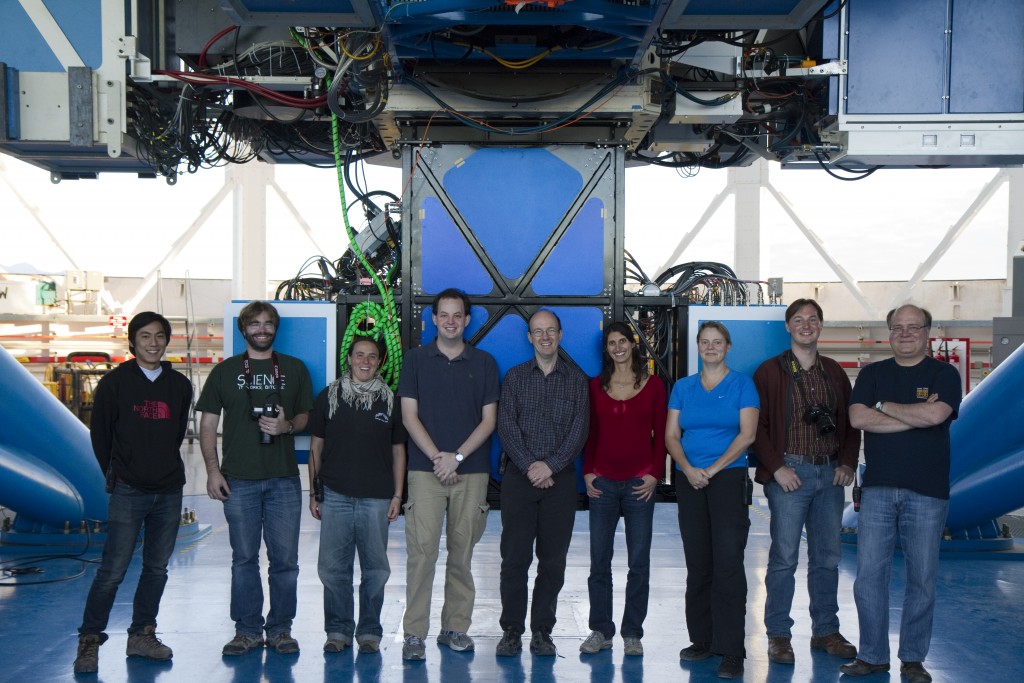










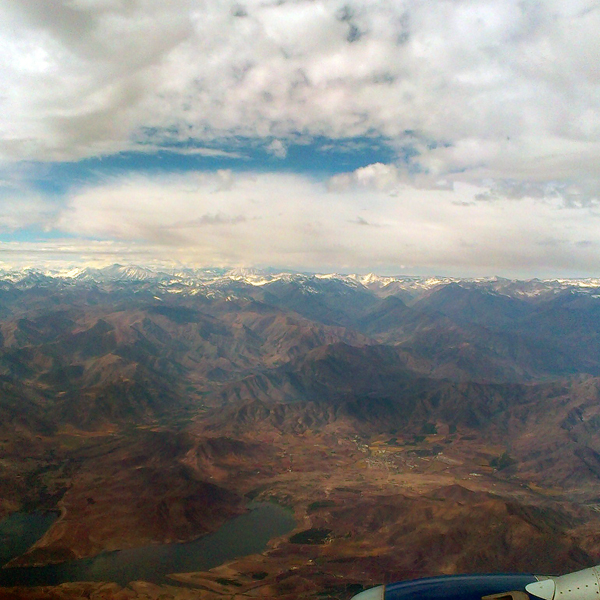













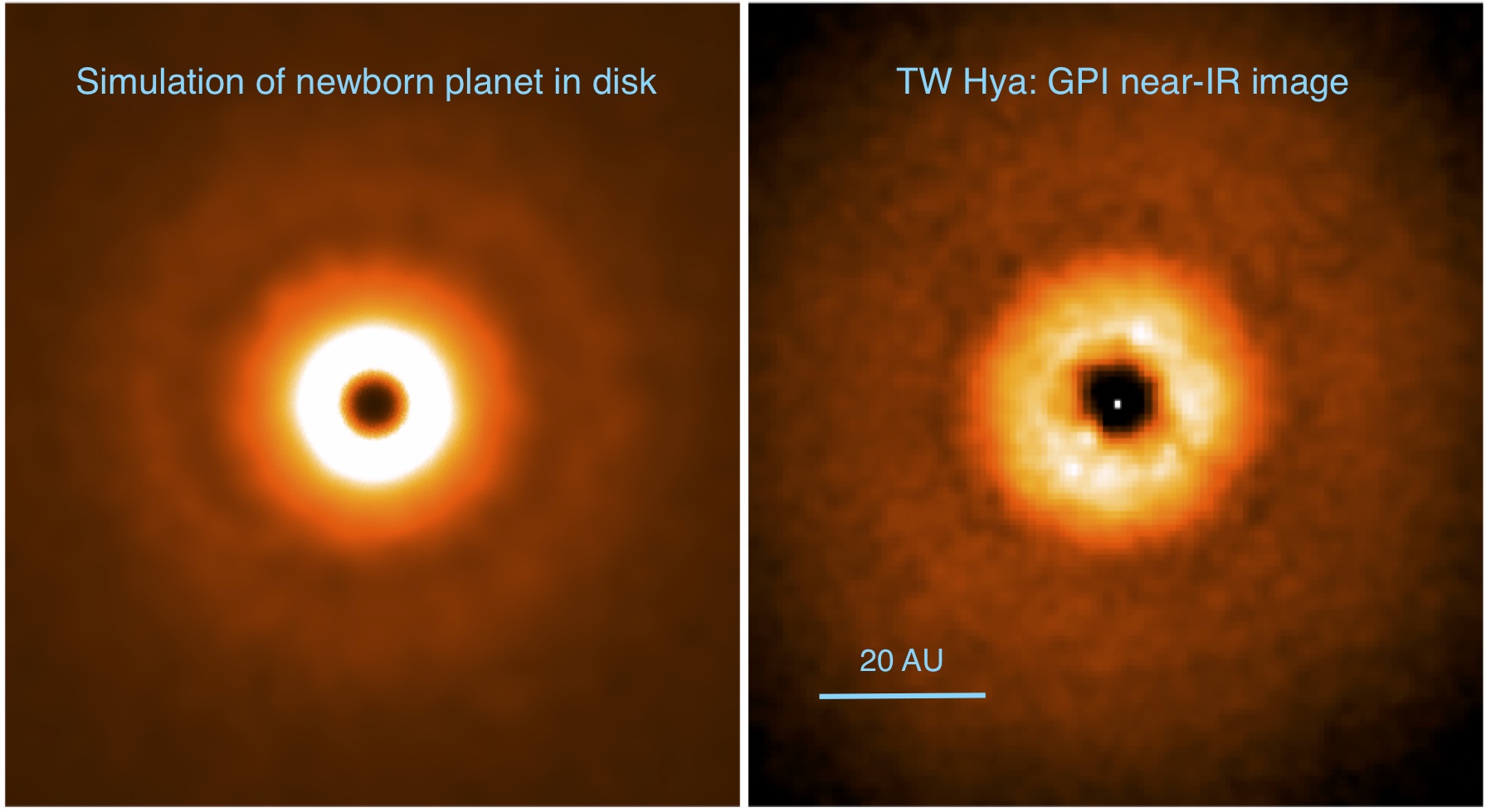







![[left] Jupiter as it appears to our eyes, in reflected sunlight. [right] Jupiter as it appears at a wavelength of 5 microns. These long wavelengths are far beyond visible light, in the thermal infrared.](http://cosmicdiary.org/geminiplanetimager/files/2015/09/jupiter_visNIR.jpg)
